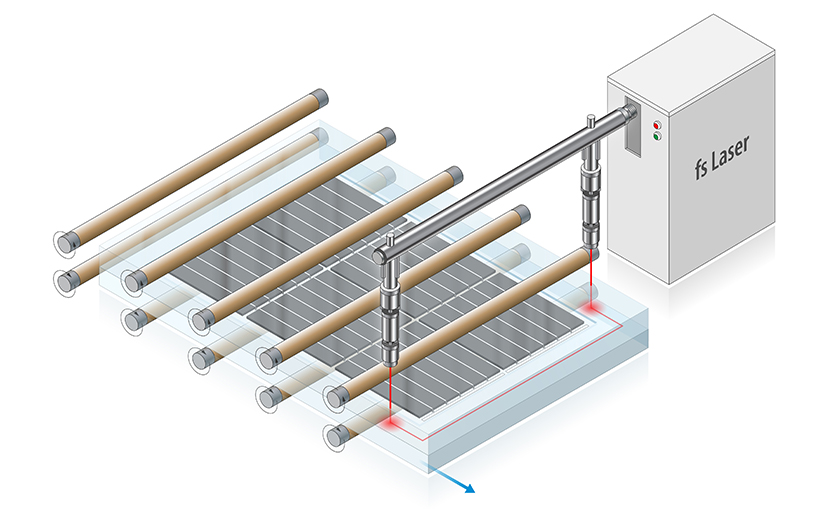2024-04-25 米国国立再生可能エネルギー研究所(NREL)
<関連情報>
- https://www.nrel.gov/news/program/2024/nrel-researchers-outline-path-forward-for-tandem-solar-cells.html
- https://www.sciencedirect.com/science/article/pii/S2542435124000448?via%3Dihub
タンデム太陽光発電のロードマップ A roadmap for tandem photovoltaics
Kirstin Alberi, Joseph J. Berry, Jacob J. Cordell, Daniel J. Friedman, John F. Geisz, Ahmad R. Kirmani, Bryon W. Larson, William E. McMahon, Lorelle M. Mansfield, Paul F. Ndione, Michael Owen-Bellini, Axel F. Palmstrom, Matthew O. Reese, Samantha B. Reese, Myles A. Steiner, Adele C. Tamboli, San Theingi, Emily L. Warren
Joule Available online:21 February 2024
DOI:https://doi.org/10.1016/j.joule.2024.01.017
Context & scale
Photovoltaic (PV) technology not only promises to provide the world with clean energy but is also expected to be a necessary and significant component of our future energy infrastructure. Increasing solar cell efficiencies will aid widespread deployment, and combining existing PV technologies into tandem architectures (consisting of two or more junctions) offers a path toward cost-effective modules and systems. So-called hybrid tandems are still largely in the pre-commercialization stage, and the design considerations are currently being worked out. The objective of this review is to present the critical aspects that will come into play and encourage the PV community to work together to address them collectively.
Summary
Combining two or more junctions into a tandem solar cell promises to deliver a leap in power conversion efficiency that will help to sustain continued growth in installed photovoltaic (PV) capacity. Although tandems are now on the roadmaps of many PV manufacturers, much work remains before they are ready for mass deployment. Accelerating their development requires advances on many fronts. In this article, we outline the fundamentals and status of tandem PV, considering multiple PV technology pairings and architectures. We then present the challenges that must be overcome and a general timeline of activities that are required to translate tandems to commercial products. Our intent is to spur researchers and manufacturers to work together to address important aspects of tandem design, reliability, and scaling to enable more rapid progress toward mass production.
Graphical abstract




